Ten Reasons Why a Strong Social Studies Education Is Critical for Living in Today’s and Tomorrow’s World
Elliott Seif is the author of Teaching for Lifelong Learning: How to Prepare Students for
Read More
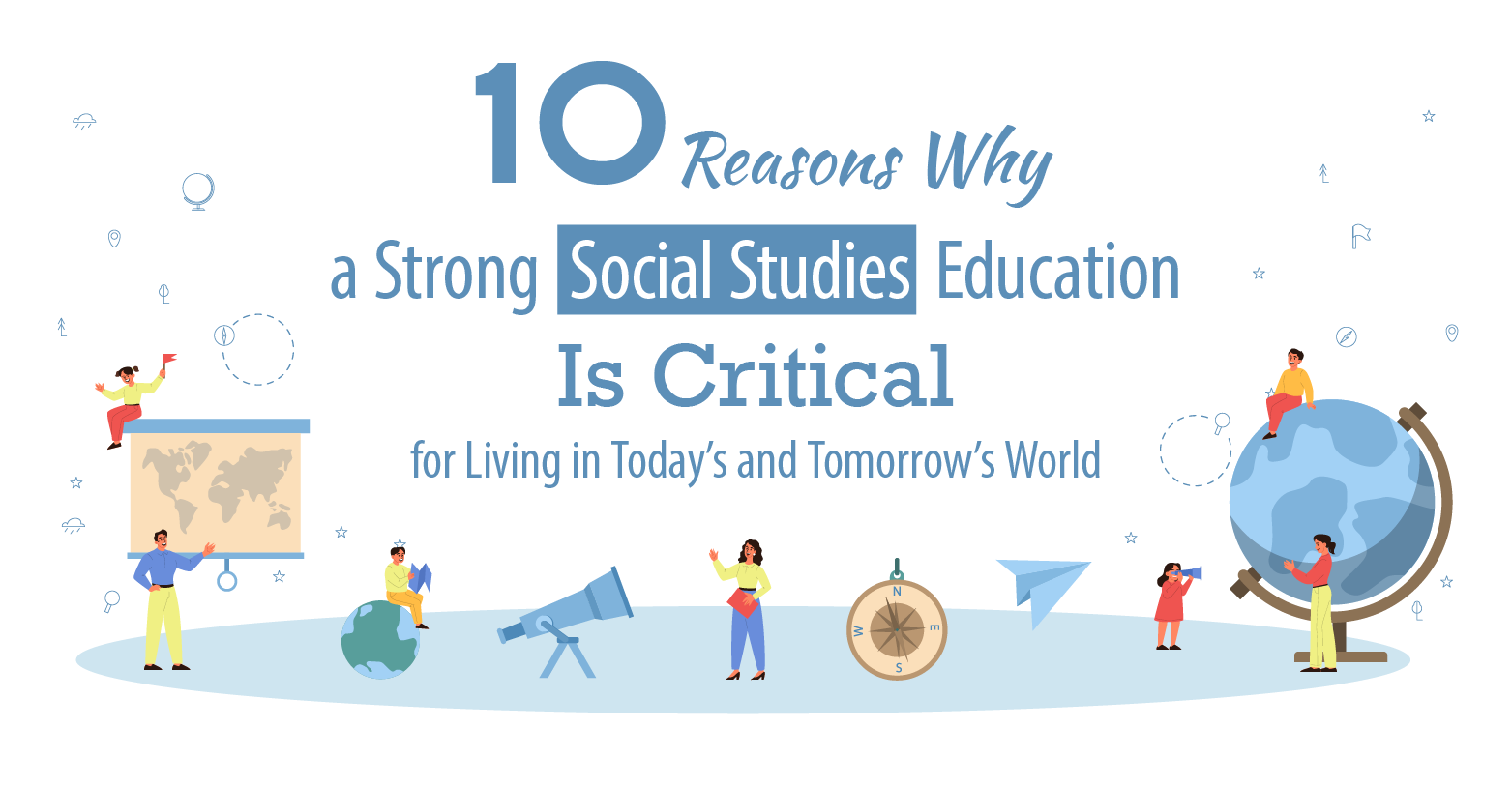
Elliott Seif is the author of Teaching for Lifelong Learning: How to Prepare Students for
Read More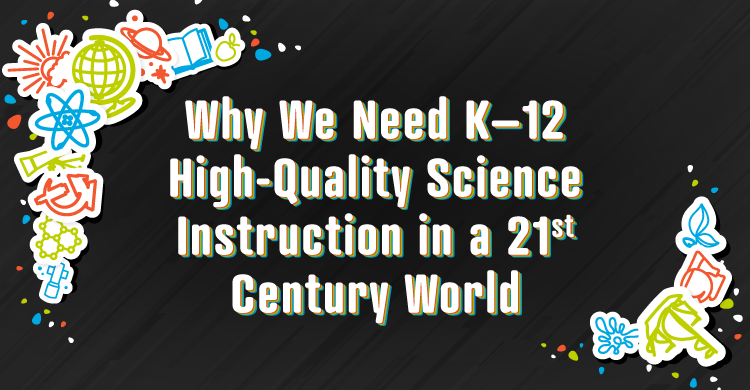
Elliott Seif is the author of Teaching for Lifelong Learning: How to Prepare Students for
Read More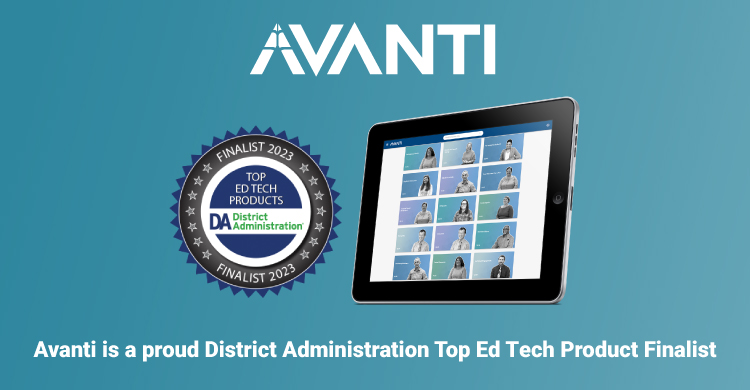
Whether you’re a current subscriber to Avanti or are curious as to what this innovative
Read More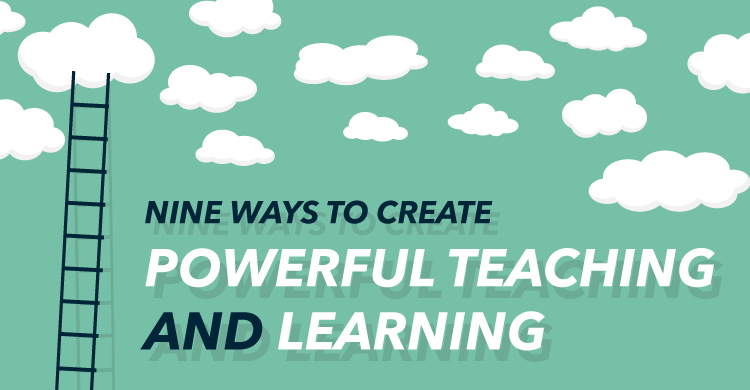
Elliott Seif is the author of Teaching for Lifelong Learning: How to Prepare Students for
Read More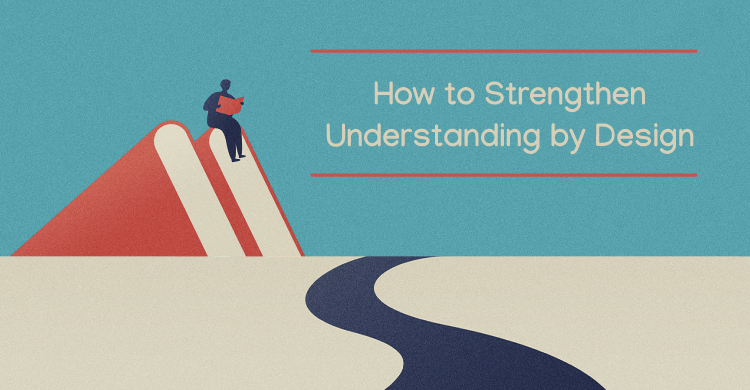
I’ve been fortunate to be part of the Understanding by Design (UbD) family for a
Read More